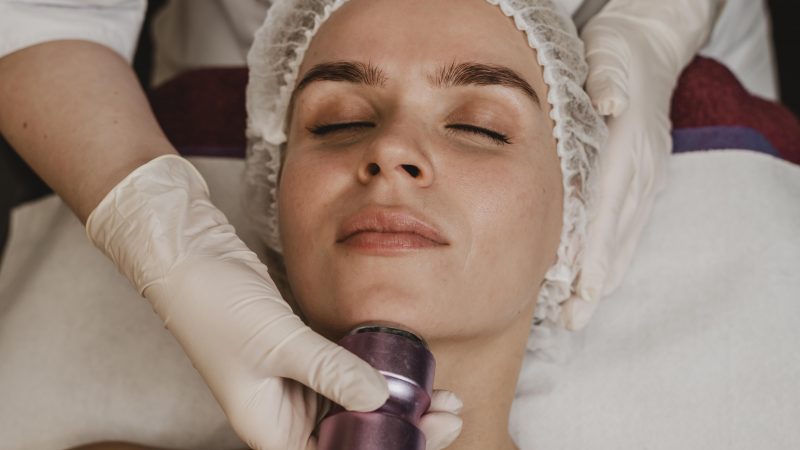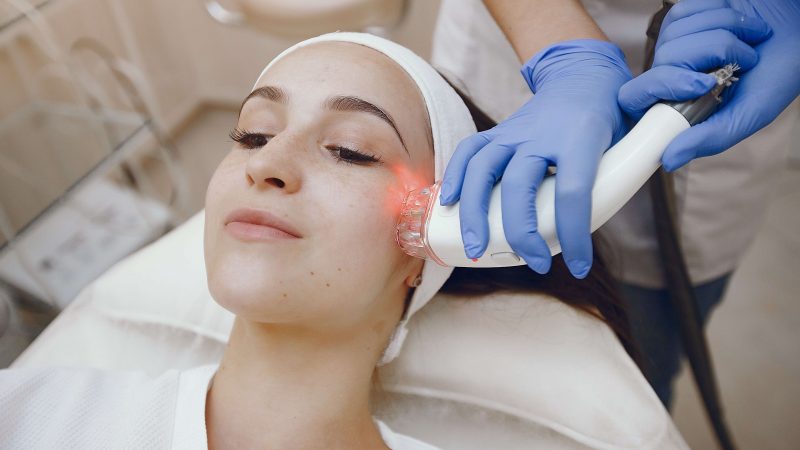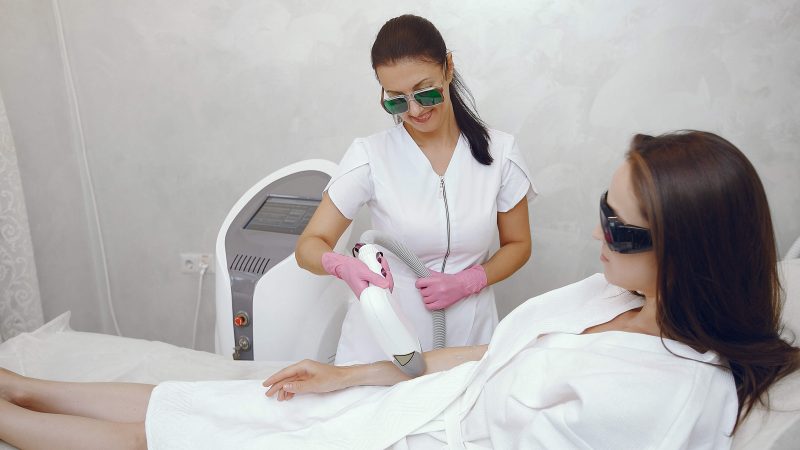Vitiligo: Types, Symptoms, Causes, Treatment and Recovery

What is vitiligo?
Vitiligo is a chronic or long-lasting skin disorder that causes the areas of the skin to lose their color in macules or patches. It occurs when the skin cells called melanocytes that make skin are damaged by the body’s immune system and stop producing skin pigment. Melanin is a skin pigment that determines the color of hair and skin. When the melanin is no longer produced, it results in discoloration in areas of skin or turns milky white.
The condition can affect the skin on any part of the body but usually appears on the face, hands, forearms, and feet. If the affected area has hair, the hair also loses its color and turns white. With time, the affected areas or patches widen or grow bigger. However, it is not life-threatening or contagious. The condition can be stressful and result in self-esteem which can compromise the individual’s quality of life.
About 1% of the world’s population suffers from the skin condition of vitiligo. Vitiligo affects people of all skin types, races, and genders equally, but it is more visible in people with darker skin. Although vitiligo can develop in anyone at any age, it usually appears before 30 years. There are various treatment options available for vitiligo that may restore color to the affected skin but they do not prevent recurrence of the condition.
What are the symptoms of vitiligo?
The primary symptoms of vitiligo include:
- White patches on the skin due to discoloration, appear on the hands, face, and areas around body openings and the genitals.
- Graying or whitening of the hair prematurely on the scalp, eyelashes, or eyebrows.
- Discoloration of the inside of the mouth and nose or mucus membrane
What are the types of vitiligo?
Vitiligo can affect any area or part of the body with large or small patches. The pattern of the patches determines the type of vitiligo. Types of vitiligo include:
- Generalized or non-segmental
It is the most common type and patches appear in various areas on the body appearing symmetrically on both sides of the body or progressing similarly on corresponding body parts.
- Segmental or focal
It is restricted to one side of the body or one area, such as the hands or face. White patches tend to be smaller and appear in a focal or segmental pattern, it stays in one area of the body.
- Mucosal
White patches appear on the mucous membranes of the mouth and the genitals.
- Focal
It is a rare type in which the white patches appear on a small area and do not spread in a certain pattern for a period of one to two years.
- Universal
It is also a rare type of vitiligo which affects more than 80% of the skin of the body lacking pigment.
What causes vitiligo?
Vitiligo occurs when the skin cells are destroyed or no longer produce skin pigment that gives color to the skin and hair, resulting in white patches on the skin. Although it is not known the exact cause of the problem, various factors may be related to vitiligo:
- Autoimmune disorder
A disorder of the immune system may develop antibodies that destroy melanocytes or skin pigment cells.
- Genetic factors
Certain factors that may increase the chance of getting vitiligo can be inherited. A family history of vitiligo may put one at higher risk of getting affected.
- Neurogenic factors
A substance that is toxic to melanocytes may be released at nerve endings in the skin.
- Self-destruction
A problem or defect in the melanocytes or skin cells leads them to self-destruction.
- A trigger event, such as stress, severe sunburn, or skin trauma, such as contact with a chemical
Certain events such as physical or emotional stress, and severe sunburn or skin trauma may trigger vitiligo. A combination of all these factors may be responsible for the condition of vitiligo.
How is vitiligo diagnosed?
To determine if you have vitiligo, the doctor will perform a full physical exam and may ask about your medical history as well as family history.
It is crucial to report all the details to the doctor for accuracy in diagnosis.
The doctor may use a special tool called Wood’s lamp that shines an ultraviolet light on your skin to help differentiate it from other skin conditions.
Your doctor may also run blood tests, check your eyes, and a skin biopsy or take a small sample of your skin to be studied under a microscope.
How is vitiligo treated?
The goal or aim of treatments for vitiligo is to create a uniform skin tone or restore color balance to the skin. It can be either done by restoring color or removing the remaining color from the skin. The doctor will recommend treatment options based on the severity of the skin condition, the location, size, and the number of the white patches, the spread of the patches on the skin areas, and your skin’s response to treatment.
The types of treatments include medical, surgical, therapy, and counseling. It is important to note that not all treatments work for everyone and some may cause unwanted side effects. Therefore, if you start experiencing side effects due to treatment, contact your doctor immediately.
Medical treatments include:
- Topical creams:
There are skin creams that can help return skin color or prevent growth. These creams can cause side effects when used for a long time, such as skin thinning, excess hair growth, and skin irritation.
- Oral medications
Some medications like steroids and certain antibiotics may be effective in treating vitiligo which require a doctor’s prescription.
- Psoralen and ultraviolet A (PUVA) therapy
This treatment requires you to take psoralen as a pill or apply it to your skin as a cream which helps restore color to your skin.
Surgical options are available when medications and light therapy don’t work. Your doctor can recommend surgical options:
- Skin grafting
This surgical treatment removes healthy, pigmented skin and transfers it to depigmented areas. Risks of skin grafting include infection, scarring, or failure to re-pigment.
- Melanocyte transplants
The skin cells or melanocytes are first removed and then transplanted to the depigmented areas of the skin.
- Micropigmentation
This procedure includes tattooing pigment into the skin. This is most suitable for patches on the lip area but can prove difficult to match the skin tone.
Counseling and support group:
Research shows that vitiligo can cause psychological distress and low self-esteem which can prevent enjoying a quality life. If this happens, the doctor may suggest that you find a counselor or attend a support group that allows patients to express themselves and meet others with the same condition.
For more information regarding vitiligo and the latest treatment options, contact Yashoda Hospital & Research Centre and consult with highly efficient dermatologists.
Meet the specialist at Yashoda Hospital & Research Centre, Nehru Nagar, Ghaziabad
Dr. Rajeev Jain is a highly experienced venereologist and dermatologist who has dedicated 18 years to treating various skin conditions and diseases such as psoriasis, eczema, and dermatitis. He is presently working as a senior consultant in the dermatology department at Yashoda Hospital, Ghaziabad. Dr. Jain has had comprehensive training in performing various types of skin surgeries including cosmetic procedures and is meticulous in procedural work. He demonstrates extensive knowledge of cutting-edge practices in skincare and participates vigorously in various research pursuits.




